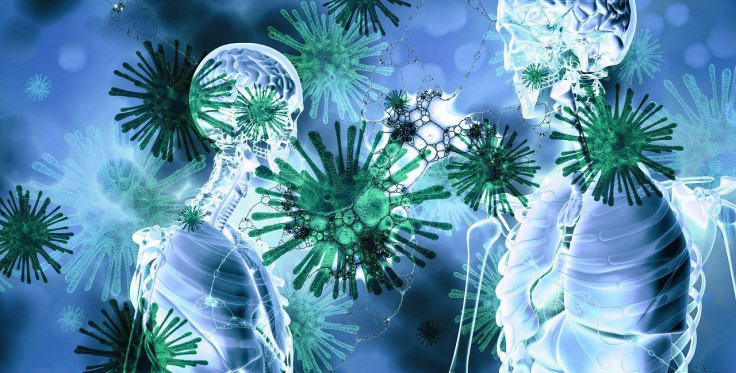Scientists Discover Coronavirus Structure That Makes It Highly Transmissible And Infectious
KEY POINTS
- A unique feature in the coronavirus structure was discovered by scientists
- It might provide clues on why the virus is highly transmissible and infectious
- The scientists also found that the new coronavirus can also infect animals like cats
Researchers from Cornell University revealed they have discovered a distinctive feature that might just explain why the virus can easily be transmitted between people. They found this feature while analyzing the structure of the virus that causes the COVID-19.

More Discoveries
Aside from finding out about the unique feature, researchers also discovered that some animals are also vulnerable to the virus that is has been wreaking havoc around the world. Researchers say that, aside from primates, animal species that appear to be most susceptible to the human coronavirus are mink, cats, and ferrets.
Gary Whittaker, a professor of virology at Cornell University and is the senior author of the study, stated that there is a structural loop in the new coronavirus that is different from other coronaviruses they have studied. His team analyzes the structural loop in the SARS-CoV-2 spike protein -- the section of the virus that allows it to enter a cell. They found a sequence of four amino acids in the said loop that is different from other known human coronaviruses.
A Strange Combination
An examination of the SARS-CoV-2 lineage showed that it shares similar properties with the closely-related SARS-CoV-1. The latter first infected humans back in 2003 and is very lethal, although not highly infectious or contagious. The lineage also shows that the new coronavirus shared properties with HCoV-KHU1, a highly infectious but relatively gentle human coronavirus. On the other hand, SARS-CoV-2 is both lethal and highly infectious.
According to Whittaker, they have observed this strange combination of properties from closely-related viruses. “The prediction is that the loop is very important to transmissibility or stability, or both,” Whittaker said. The virology professor said his team is focused on studying this structural loop further, as well as the sequence of its four amino acids.
Animal Infection
Dr. Whittaker also said that ferrets, minks, and cats are all vulnerable to the new coronavirus. He divulged that, for the virus to infect a cell, spike protein features must first bind with a receptor on the surface of the host’s cells. He added cats have receptor binding sites that closely resemble that of humans.
To date, however, coronavirus infections in cats appear to be infrequent and mild. There is also no evidence that cats can transmit the virus or infect human beings. Dr. Whittaker did not discount doing further investigations into feline coronaviruses as it might provide them more information on the SARS-CoV-2 and coronaviruses in general.
© Copyright IBTimes 2024. All rights reserved.





















